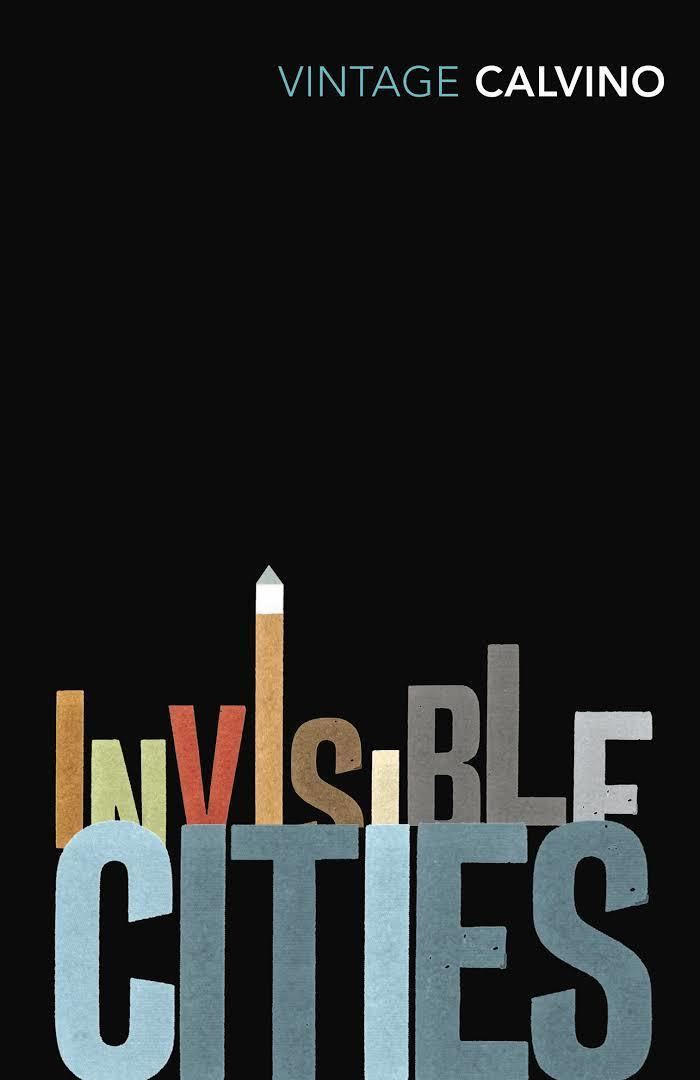8.4 /10 1 Votes8.4
Original title Le città invisibili Published in English 1974 | 4.2/5 Goodreads Country Italy Publication date 1972 Originally published November 1972 Genres Novel, Fiction | |||||||||||||||||||||||||||||||||
 | ||||||||||||||||||||||||||||||||||
Similar Works by Italo Calvino, Fiction books | ||||||||||||||||||||||||||||||||||
Italo calvino invisible cities book review
Invisible Cities (Italian: Le città invisibili) is a novel by Italian writer Italo Calvino. It was published in Italy in 1972 by Giulio Einaudi Editore.
Contents
- Italo calvino invisible cities book review
- Invisible cities by calvino a beautiful read
- Description
- Historical background
- Structure
- Awards
- Opera
- References
Invisible cities by calvino a beautiful read
Description
The book explores imagination and the imaginable through the descriptions of cities by an explorer, Marco Polo. The book is framed as a conversation between the aging and busy emperor Kublai Khan, who constantly has merchants coming to describe the state of his expanding and vast empire, and Polo. The majority of the book consists of brief prose poems describing 55 fictitious cities that are narrated by Polo to prove the expanse of Khan's empire, but which are all actually just descriptions of one city, Venice. Short dialogues between the two characters are interspersed every five to ten cities and are used to discuss various ideas presented by the cities on a wide range of topics including linguistics and human nature. The interludes between Khan and Polo are no less poetically constructed than the cities, and form a framing device that plays with the natural complexity of language and stories.
Historical background
The Travels of Marco Polo, Polo's travel diary depicting his purported journey across Asia and in Yuan Dynasty (Mongol Empire) China, written in the 13th century, shares with Invisible Cities the brief, often fantastic accounts of the cities Polo claimed to have visited, accompanied by descriptions of the city's inhabitants, notable imports and exports, and whatever interesting tales Polo had heard about the region.
Structure
Over the nine chapters, Marco describes a total of fifty-five cities, all women's names. The cities are divided into eleven thematic groups of five each:
- Cities & Memory
- Cities & Desire
- Cities & Signs
- Thin Cities
- Trading Cities
- Cities & Eyes
- Cities & Names
- Cities & the Dead
- Cities & the Sky
- Continuous Cities
- Hidden Cities
He moves back and forth between the groups, while moving down the list, in a rigorous mathematical structure. The table below lists the cities in order of appearance, along with the group they belong to:
In each of the nine chapters, there is an opening section and a closing section, narrating dialogues between the Khan and Marco. The descriptions of the cities lie between these two sections.
The matrix of eleven column themes and fifty-five subchapters (ten rows in chapters 1 and 9, five in all others) shows some interesting properties. Each column has five entries, rows only one, so there are fifty-five cities in all. The matrix of cities has a central element (Baucis). The pattern of cities is symmetric with respect to inversion about that center. Equivalently, it is symmetric against 180 degree rotations about Baucis. Inner chapters (2-8 inclusive) have diagonal cascades of five cities (e.g. Maurila through Euphemia in chapter 2). These five-city cascades are displaced by one theme column to the right as one proceeds to the next chapter. In order that the cascade sequence terminates (the book of cities is not infinite!) Calvino, in chapter 9, truncates the diagonal cascades in steps: Laudomia through Raissa is a cascade of four cities, followed by cascades of three, two, and one, necessitating ten cities in the final chapter. The same pattern is used in reverse in chapter 1 as the diagonal cascade of cities is born
Awards
The book was nominated for the Nebula Award for Best Novel in 1976.
Opera
Invisible Cities (and in particular the chapters about Isidora, Armilla, and Adelma) is the basis for an opera by composer Christopher Cerrone, first produced by The Industry in October 2013 as an experimental production at Union Station in Los Angeles. In this site-specific production directed by Yuval Sharon, the performers, including eleven musicians, eight singers, and eight dancers, were located in (or moved through) different parts of the train station, while the station remained open and operating as usual. The performance could be heard by about 200 audience members, who wore wireless headphones and were allowed to move through the station at will. An audio recording of the opera was released in November 2014. The opera was named a finalist for the 2014 Pulitzer Prize for Music.
